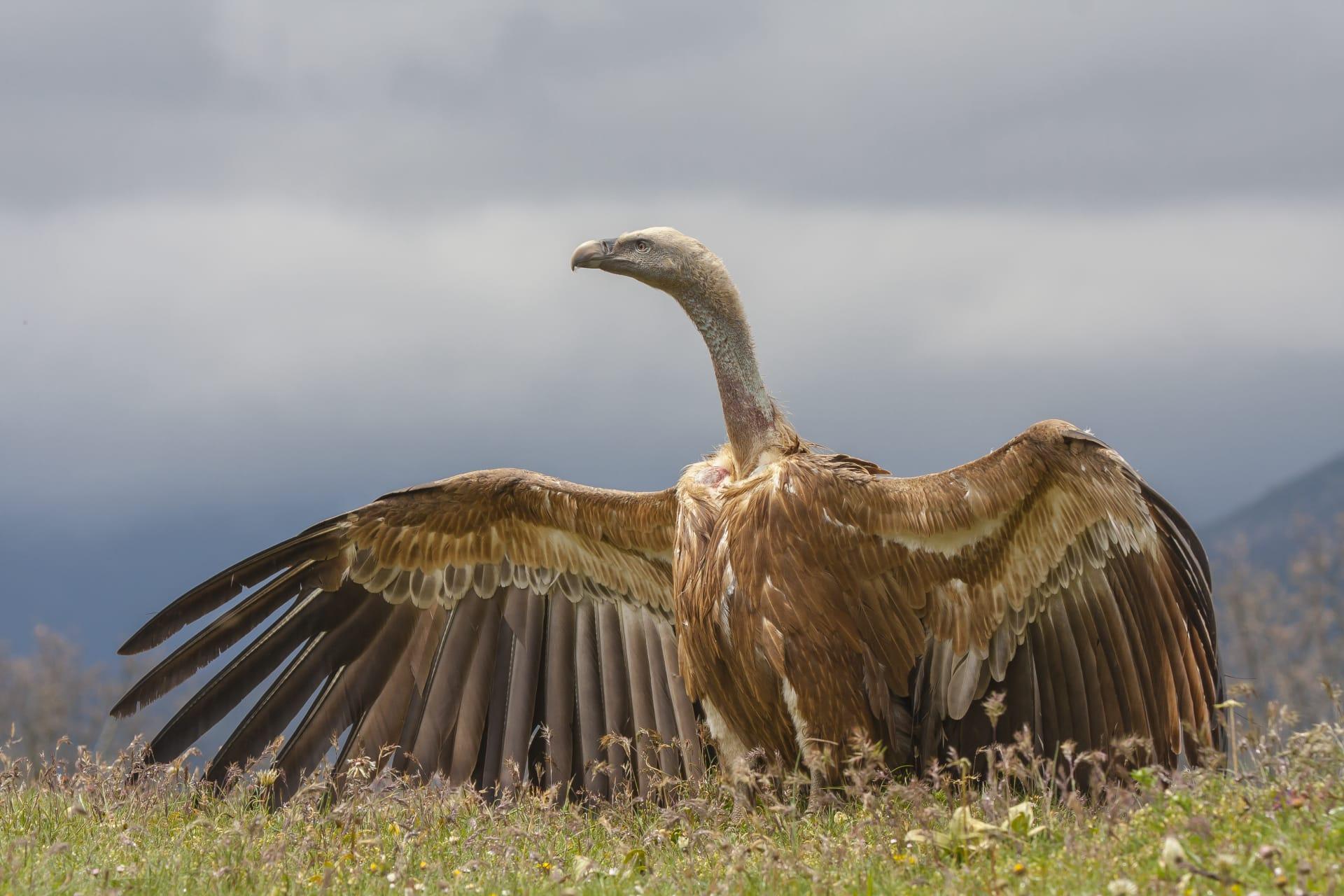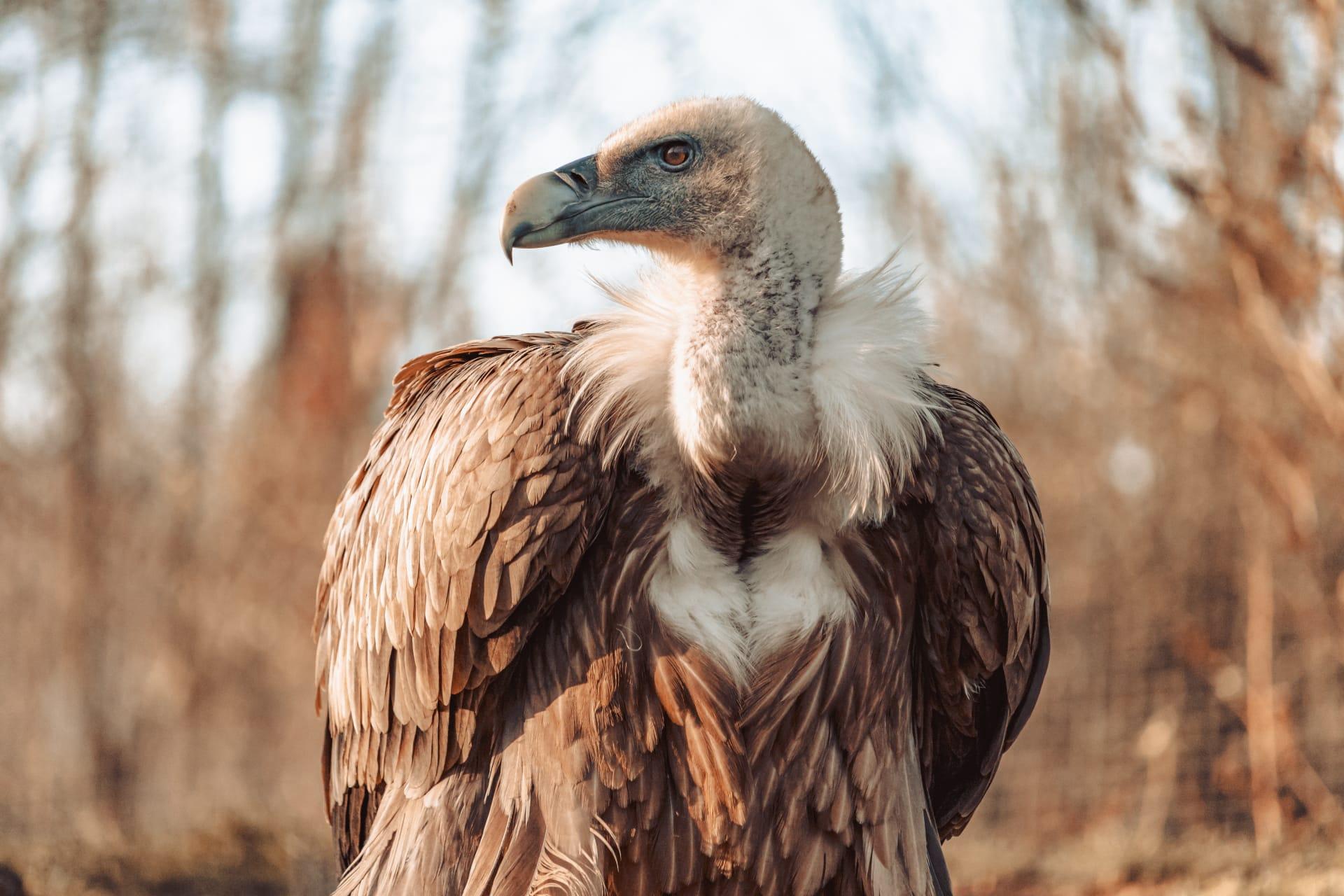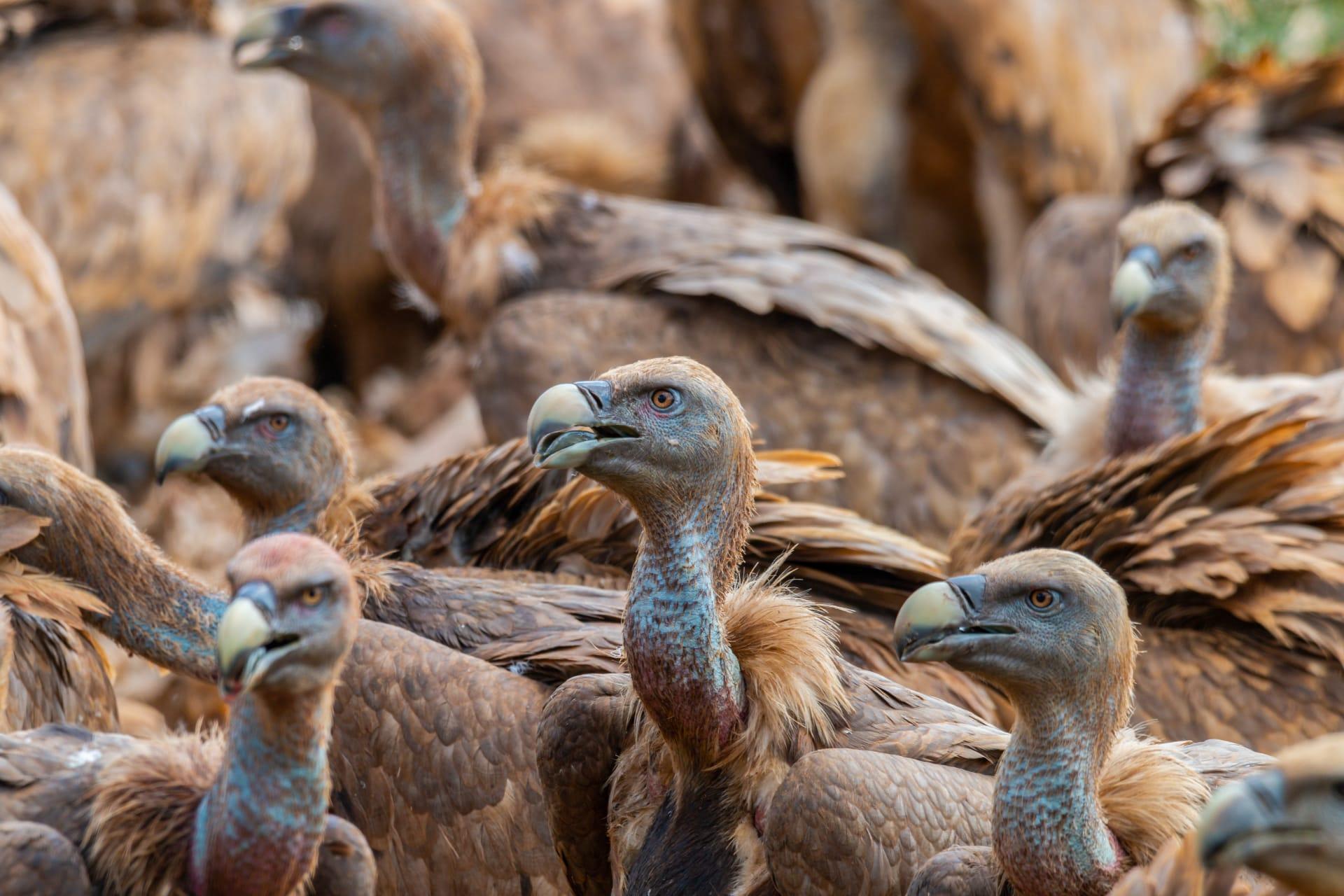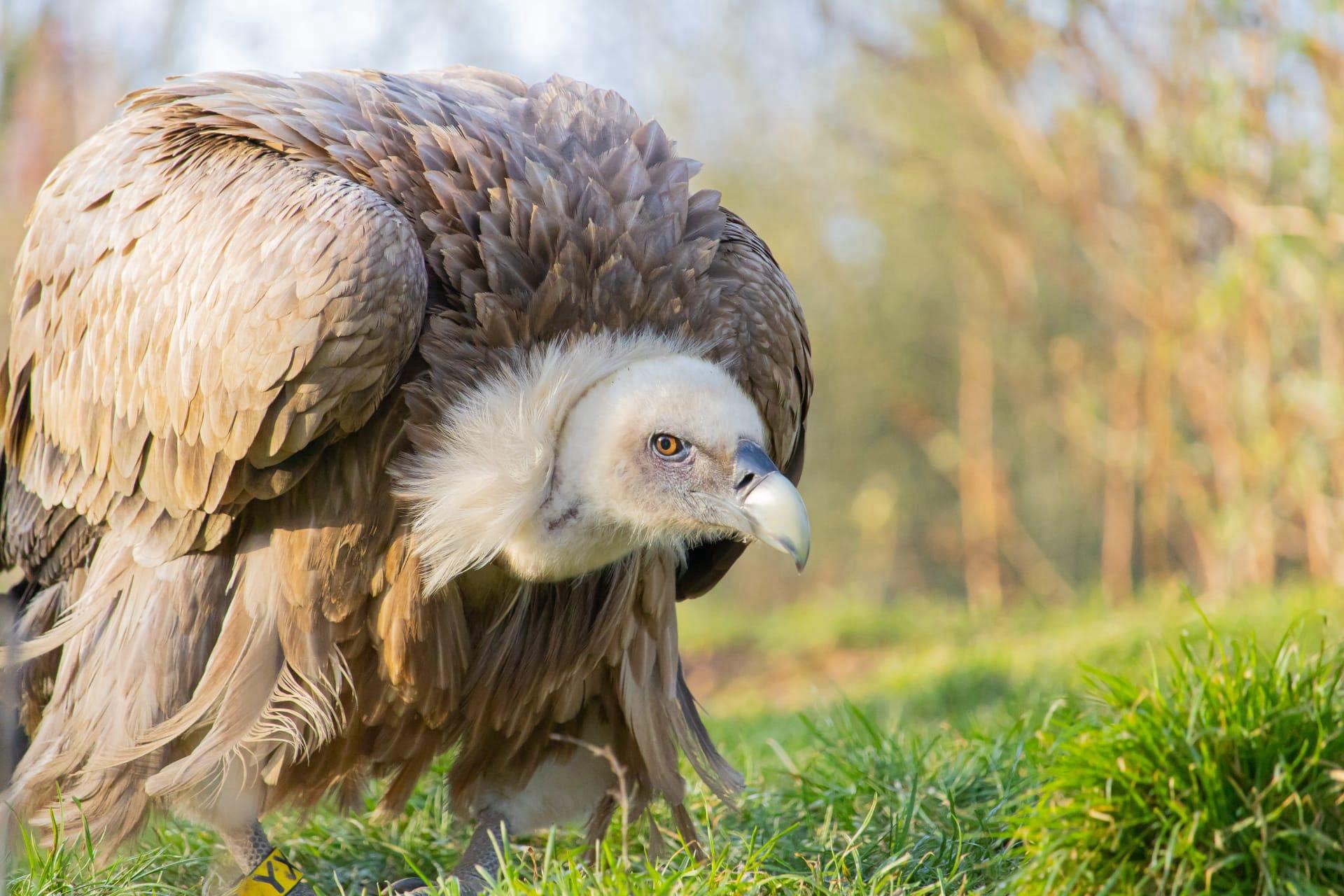Vulture
- Home /
- Mini Encyclopedia /
- Animal /
- Vulture
1
Vultures, fascinating creatures often misunderstood, belong to two distinct groups based on their geographic distribution and some key physical characteristics. The Old World vultures, found in Africa, Asia, and Europe, are part of the Accipitridae family. This group includes species like the Griffon Vulture and the Egyptian Vulture. The New World vultures, including the well-known Turkey Vulture and the Andean Condor, are found throughout the Americas and are part of the Cathartidae family. These birds have adapted differently based on their environments, but all share certain traits like bald heads, which are actually an adaptation for hygiene, helping to keep them clean while feeding on carrion.
Vultures are distributed across various continents, but each type sticks to specific regions. Old World vultures are primarily found in Africa, Asia, and Europe. The Griffon Vulture, for instance, is widespread across Europe and parts of Asia and Africa, while the Egyptian Vulture is more localized to North Africa and Southern Europe. On the other hand, New World vultures inhabit the Americas. The Turkey Vulture is common in North and South America, ranging from southern Canada to the southernmost tip of South America. The Andean Condor, a symbol of Andean culture, is native to South America's mountainous regions. Their habitats vary from open countryside and semi-deserts to forested areas and mountainous terrains, adapting their hunting and living strategies accordingly.

2
Question: Do vultures spread diseases due to their scavenging habits?
Answer: Contrary to this common misconception, vultures actually help prevent the spread of diseases. Their highly acidic stomachs are capable of digesting pathogenic bacteria and viruses found in decaying meat, which might otherwise spread to other animals and humans. This makes them vital for maintaining a healthy ecosystem. Studies have shown that in areas where vulture populations have declined, there's been an increase in disease-spreading animals like feral dogs, leading to a rise in diseases such as rabies. Thus, vultures play a crucial role in keeping our environment disease-free by acting as nature's clean-up crew.

3
Vultures have evolved several unique survival strategies. One notable adaptation is their highly acidic stomach, which allows them to consume rotten meat without falling ill. This ability to digest carcasses that would be toxic to other animals prevents the spread of disease and makes them an essential part of the ecosystem. Additionally, their bald heads, often perceived as unattractive, are actually an evolutionary advantage. The lack of feathers on their head helps them stay clean while feeding and prevents bacteria from lingering in their plumage.
Moreover, vultures are excellent gliders. Their broad wings, which can span up to 3 meters for some species, allow them to soar effortlessly for hours with minimal energy expenditure. This adaptation is crucial for their scavenging lifestyle, as it enables them to cover vast areas in search of food without expending much energy. These birds are also equipped with keen eyesight to spot carcasses from great heights. These adaptations collectively ensure their survival and efficiency as nature's clean-up crew.

4
In the ecosystem, vultures play a pivotal role as decomposers. They are often considered nature's garbage collectors, efficiently cleaning up dead animals and thus preventing the spread of diseases that could impact other wildlife and even humans. Their role is especially crucial in natural habitats where they help maintain the ecological balance by disposing of carrion, which, if left unchecked, could harbor harmful bacteria and parasites.
Their ecological importance extends beyond just cleaning up. By consuming dead animals, vultures help recycle nutrients back into the ecosystem, aiding in nutrient cycling. This process is vital for the health of various ecosystems, as it ensures that nutrients from dead animals are not wasted but instead used to nourish other forms of life. In regions where vulture populations have declined, there's been a noticeable increase in disease and imbalance in the natural food chain, highlighting their critical role in maintaining ecological health and balance.

5
Film: "The Wings of Change" is a captivating documentary produced in the United States in 2021. It explores the life of vultures across different continents, emphasizing their importance to the ecosystem and the challenges they face due to environmental changes and human activities. The film beautifully captures their unique behaviors and habitats, providing insights into their crucial role in nature's cycle of life and death.
Book: "Vultures: The Nature's Cleaners" is an informative book published in the UK in 2019 by renowned ornithologist Dr. Elizabeth Hart. Hart delves into the world of vultures, describing their diverse species, habitats, and the critical role they play in maintaining ecological balance. The book combines scientific research with engaging narratives to highlight the plight and beauty of these often-misunderstood birds.
Book: In "Sky Scavengers: The Incredible Life of Vultures," published in Canada in 2020, wildlife biologist Michael Dawson offers a comprehensive guide to the life and habits of vultures. The book covers various species found around the world, their survival strategies, and the challenges they face in the modern world. Dawson's vivid descriptions and passion for conservation make this book an enlightening read for both nature enthusiasts and casual readers.